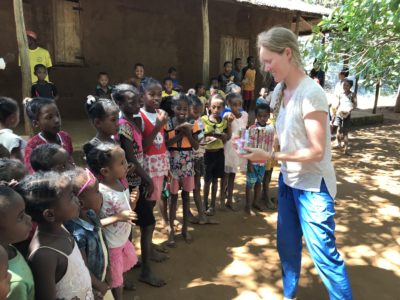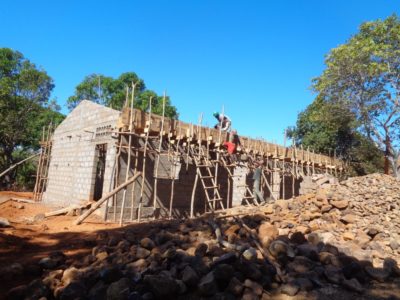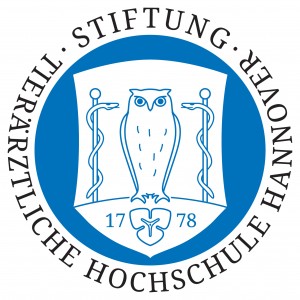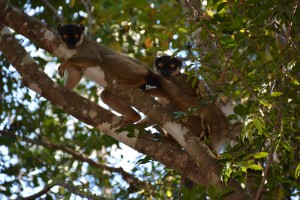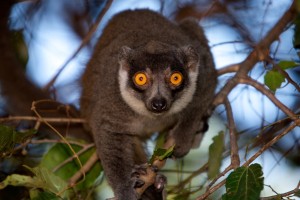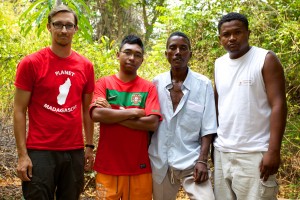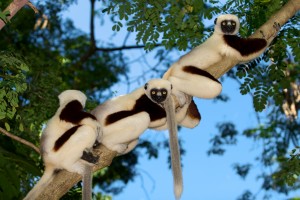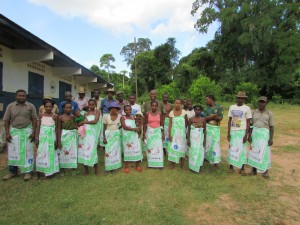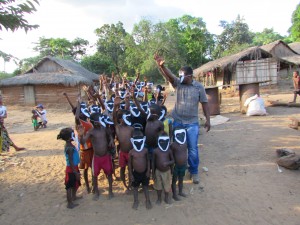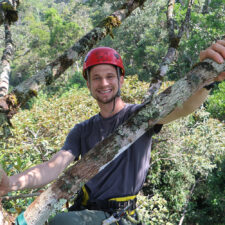Marat Karpeka Lemur Foundation
What We Do
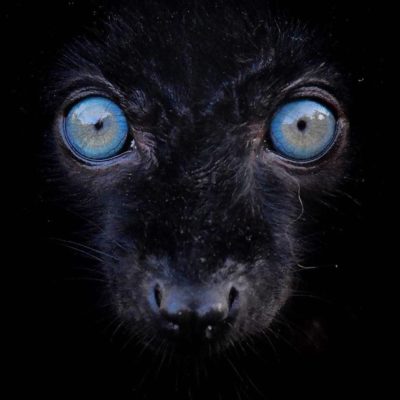
Photo by Scott Pollard
The Marat Karpeka Lemur Foundation exists because more than 90% of lemur species are now facing extinction, making them the most threatened group of mammals on earth. MKLF hopes to lead the effort to save these remarkable creatures. We are committed to education of local people and the conservation of lemurs and their habitats.
MKLF works in northwestern Madagascar. They work closely with AEECL in Sahamalaza National Park.
Essential to our organization are Marat Karpeka and Dr. Russell Mittermeier. Marat Karpeka is a successful entrepreneur who chose to give back through donating to various wildlife conservation organizations. Having a passion for lemurs, and wanting to do more, he founded the Marat Karpeka Lemur Foundation. Consulting with Dr. Russell Mittermeier, a world-renowned primatologist, MKLF is able to select the most efficient lemur projects with measurable results.
What Lemur Species We Protect
- Black blue-eyed lemur (Eulemur flavifrons)
- Milne-Edwards sportive lemur (Lepilemur edwardsi)
- Crowned sifaka (Propithecus coronatus)
As well as other endemic species to northwest region of Madagascar
How We Support Local Communities
Construction of a new school in Antafiabe village
A permanent school in the village Antafiabe, part of the Sahamalaza National Park, has been built. It officially opened in 2019 during the annual Lemur Festival. It replaced the existing old school building which could not accommodate all pupils and teachers and was in disrepair.
We believe that the community has the strongest impact on the environment. The school will be a cornerstone in educating the next generation so that they are more equipped to make a difference.
Antafiabe is the last village that leads to the Ankarafa forest with a school. The village is dedicated to environmental protection and has been active in reforestation, creating of firebreaks, and hosting the lemur festival.
Community Partnerships and Sustainability
We work closely with our partners AEECL and Madagascar Biodiversity Partnership (MBP). We support reforestation projects in Kianjavato and Montagne des Français, which involves planting trees for fuelwood and distributing fuel-efficient stoves to encourage communities to cut back on coal use.
